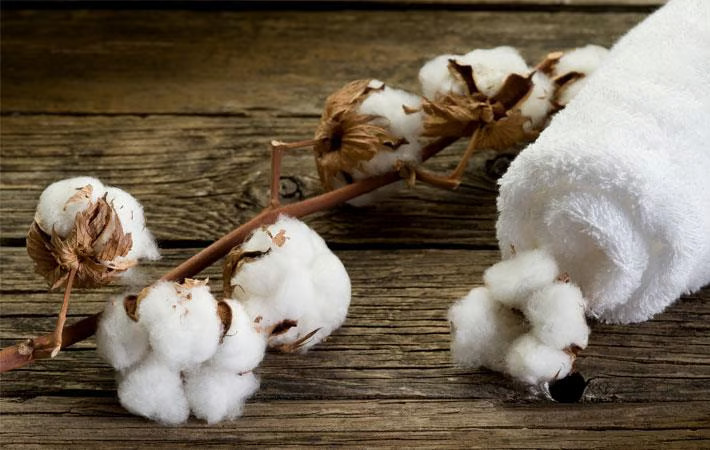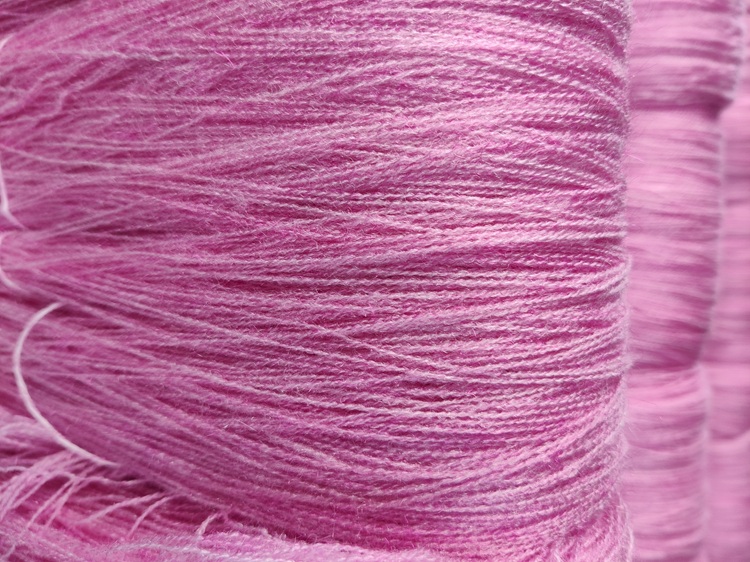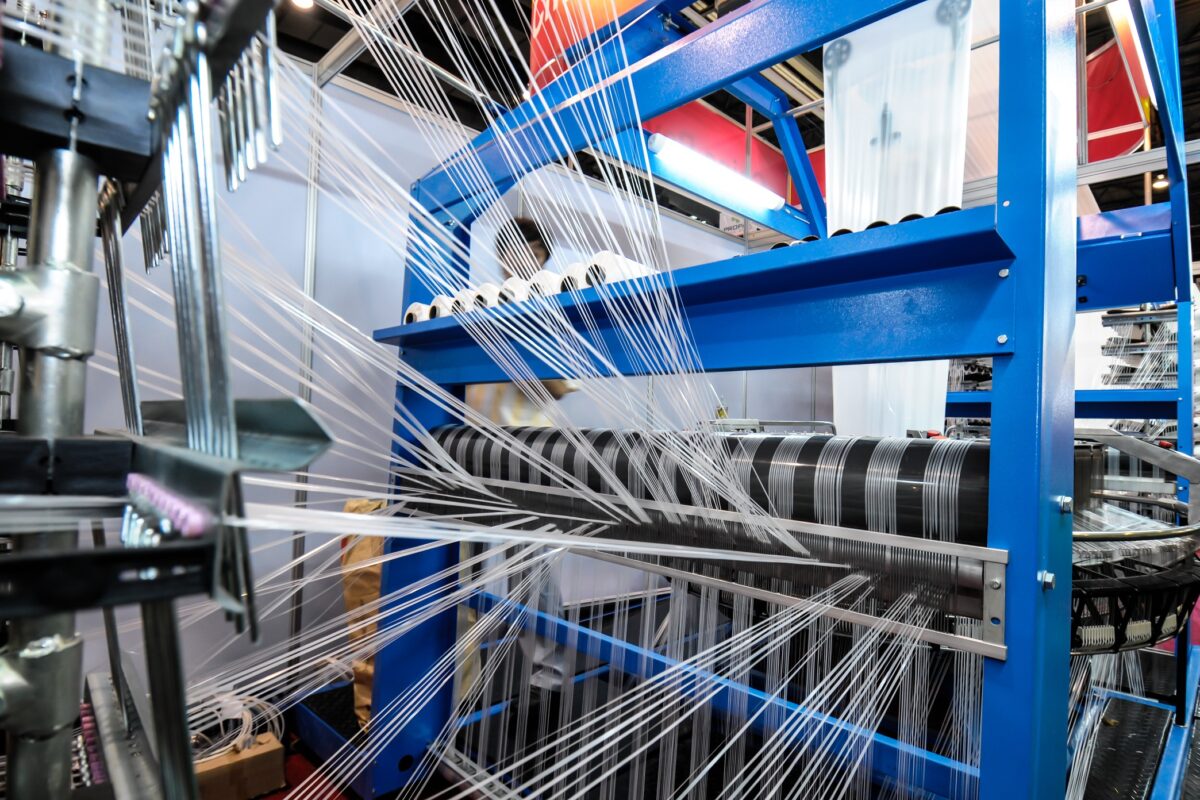In 2016, sales of organic fibers in the United States were up 9.2 per cent from the previous year. Sales of non-food organic products rose by nine per cent. Organic fibers, supplements and personal care products accounted for the bulk of sales. The organic fiber and textiles category continues to rank as the largest non-food organic category in the US market. Organic fiber sales accounted for almost 40 per cent of the total organic non-food sales in 2016.
There was an increase in the use of organic products in apparels, bedrooms and bathrooms of US consumers. Adequate supplies of organic textiles are a continuing challenge in the organic fiber market. However, US organic cotton farmers produced a record 17,000 plus bales in 2016, to help alleviate supply concerns. There are two main categories of fibers: natural fibers, which can be from plant or animal sources, and manmade fibers, also referred as synthetic or artificial fibers.
Organic cotton is now available in colorful new designs using ecosafe dyes and even color grown cotton. From colorful and whimsical baby crib sets to trendy new styles, organic cotton can be very fashionable. Farmers growing organic fiber follow standards that nurture the soil or animal from which it comes and do not use toxic insecticides, herbicides or fungicides.
US organic fiber sales up nine per cent
- 1
- 2
- 3
- 4
- 5
- 6
- 7
- 8
- 9
- 10
Indian Rupee’s Breach of 90: A double-edged equation reshaping India’s ‘Fiber-to…
The Indian rupee’s historic slide past the ₹90.43 per dollar mark in late 2025 has forced a fundamental recalibration across... Read more
Can cotton duty relief blunt US 50% tariff hit on Indian apparel?
The Confederation of Indian Textile Industry (CITI) has issued a high-stakes call to the government, asserting that the permanent removal... Read more
The Great Sourcing Shuffle: Why tariffs failed to bring manufacturing back to th…
When Washington set out to ‘reclaim manufacturing’ through punitive tariffs, it was envisioned as a patriotic reset one that would... Read more
Beyond Search and Scroll: Why AI-powered shopping is becoming retail’s new opera…
When ChatGPT unveiled its Instant Checkout capability allowing users to discover, evaluate, and purchase products within a single conversational interface... Read more
How global acrylic fiber leaders engineered price stability amid historic ACN cr…
The global Acrylic Staple Fibre (ASF) market, long known for its sensitivity to violent swings in petrochemical feedstocks is facing... Read more
GTE 2025: An impactful event driving industry excellence
Jointly organized by Garment Technology Expo and India Exposition Mart(IEML), the 38th edition of the Garment Technology Expo (GTE) proved... Read more
Threads of Labor and Steel: The human-machine ecosystem powering India’s textile…
India generates nearly eight million tonnes of textile waste every year, placing the country at the center of the global... Read more
Hanging by a Thread: US Tariffs cripple Indian textile exports, orders drop 70%
India’s textile and apparel industry is facing an unexpected mid-cycle rupture that is reshaping the sector’s economics far faster than... Read more
Sourcing's new compass, navigating apparel's great migration beyond Asia
The global apparel sourcing business is redefining the metrics of success beyond traditional labor costs. Led by geopolitical risks, consumer... Read more
No A-Grades for Climate: What the fossil-free fashion scorecard reveals about in…
For years, the global fashion industry has promised a cleaner, greener future but 2025’s Fossil-Free Fashion Scorecard by STAND.earth offers... Read more












